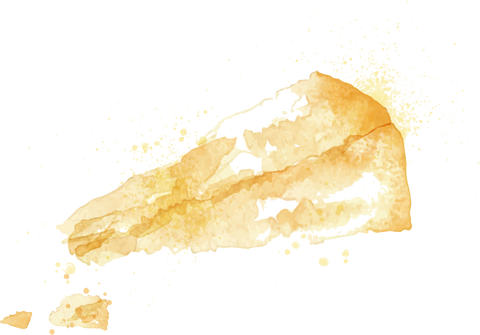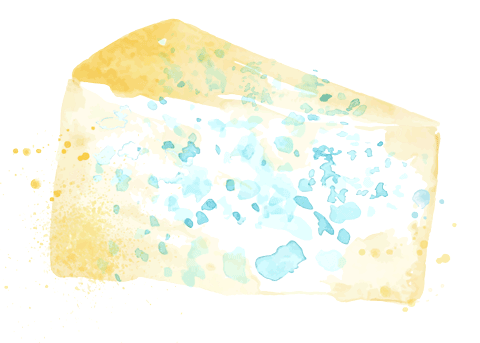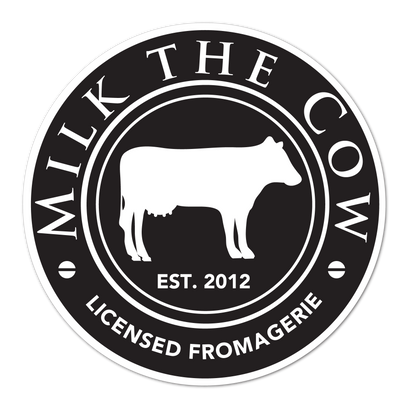Your Cart is Empty
shop

Cheese 101: The 5 Main Categories of Cheese
This article is part of our Cheese 101 series covering the very basics of cheese, for those who want to learn more but are starting from the beginning.
We have around 180 different artisan cheeses in our cabinet at Milk the Cow, but every one of them falls into one of just five categories.
This is how the cheese industry begins classification of the wheels they sling, and each category has its own distinct characteristics, processes, flavours and quirks.
We will begin to cover all these categories - and more - in depth over upcoming articles.
Fresh Cheeses
Fresh cheeses are your ricottas, buffalo mozzarellas, fetas and chevres. They are true white in colour and made very recently - in that they are not aged whatsoever.
They’re often spreadable and cook very well. They carry a light, bright flavour and often carry other flavours well, which is why so many cheesemakers marinate their fetas and chevre cheeses.

Soft Cheeses
Among the crowd-favourite choice of cheese lovers everywhere, soft cheeses are camemberts, bries and any other ‘white mould’ oozy cheeses with a mild earthy, mushroomy flavour.
You’ll find a wheel or segment of soft cheese on just about any cheeseboard. In France, these cheeses are very likely to be made with raw milk, giving them a depth of flavour that pasteurised varieties just can’t stack up to.
These are also the highest fat content of all the cheeses - a triple cream brie can tip the scales at 75% fat, from the cream ladled into the wheel during the making process.
Washed-Rind Cheeses
Also known as stinky cheese, this classification is for fromage that has been ripened with bacteria. Scores and scores of bloomy bacteria. Some of the better known ones include Epoisses (it is famously banned on French public transport due to its overwhelming smell), Taleggio and Stinking Bishop.
These cheeses are often a brilliant shade of orange, red or pink due to this bacteria, which carries with it a pungent odour.
Yes, this is the cheese that smells like feet. Yes, sometimes it’s even covered in the very same bacteria you will find on your feet. It doesn’t make it any less delicious.
The smell isn’t at all what it tastes like.
These cheeses often come with a strong savoury, beefy flavour - but do keep in mind that the strength of the aroma isn’t necessarily an indicator of a strong flavour. Some washed rinds have a milder, grassy flavour, or a sweet and nutty flavour.

Hard Cheeses
Hard and semi-hard cheeses exist in a huge range from a mild and pliable goat cheese to aged, crumbly and sharp parmesans. Cheddars, manchegos and goudas fall into this category too.
These cheeses can range in colour from pale white to bright orange (and not in that weird American cheese way).
The versatility of this category lends itself to experimental new wave methods - these cheeses are more and more often being washed or matured or hand-rubbed with things like coffee, red wine, hops or chai tea to evoke new flavours.
They are a solid, reliable cheese and they age very well both in your fridge and during the maturation process.

Blue Cheeses
Perhaps the most polarising category in the cheese world, blue cheeses are given their name due to the veiny blue mould that makes its way through the cheese imparting its distinctive flavour.
Many people think they don’t like blue, but in fact the range of flavour can go from mild to very sharp - there are some extremely light, creamy blue cheeses to start on while you let your palate adjust to the strong, new flavour.
If you’re looking to learn more about cheese, you can visit us anytime at our fromageries in St Kilda or Carlton, Melbourne Australia. Our late night cheese bars are open 7 days a week and our team of cheesemongers are always very happy to talk cheese and introduce you to all varieties we have in our cabinet.



